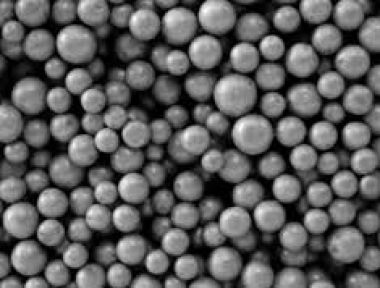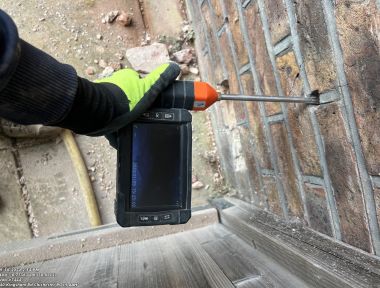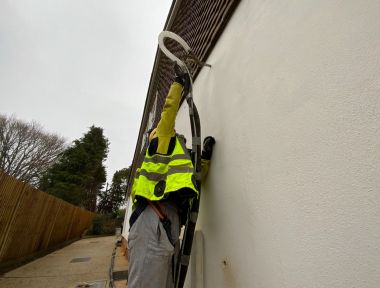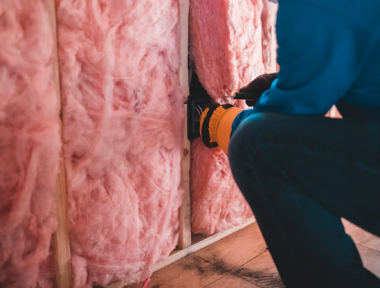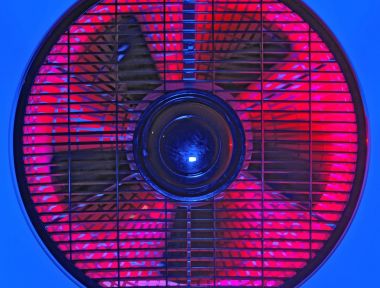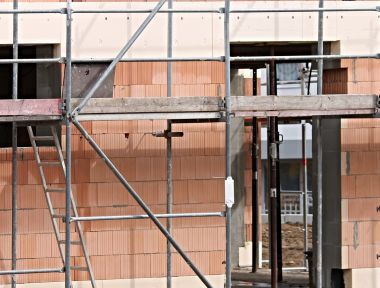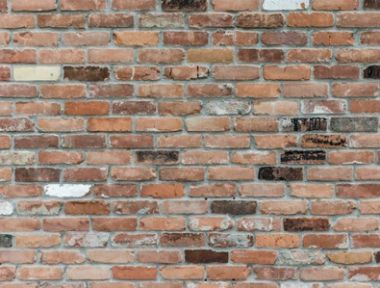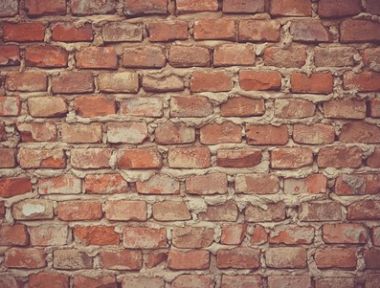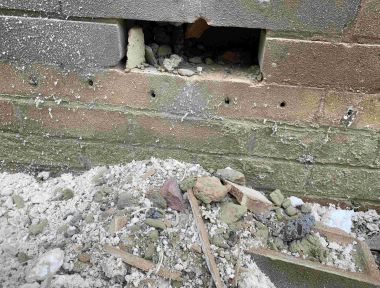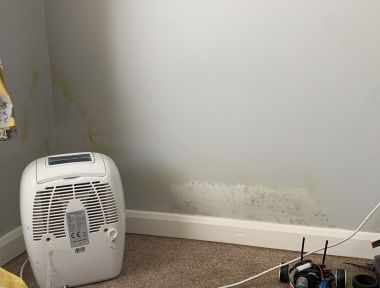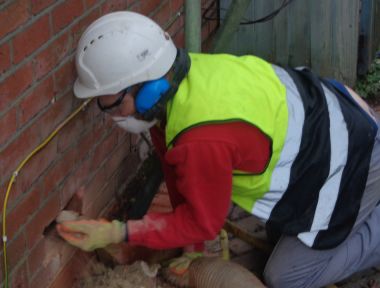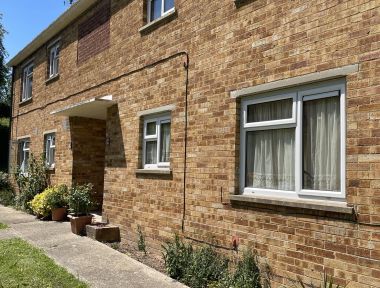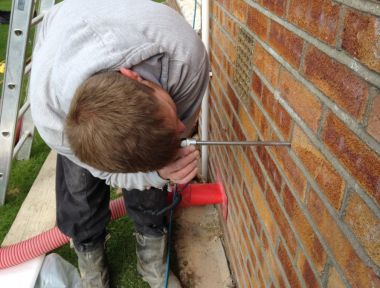When you choose to have cavity wall insulation installed in your home, there are a lot of different aspects the professionals should take into consideration, including the type of material they’ll use. Retrofitted cavity wall insulation that isn’t installed properly can cause long-term issues that the homeowner will need to resolve at a later date. These include damp and structural damage. Poorly selected material can have a serious negative impact.
Over the last 15 years, Extract Insulations has worked with many homeowners to remove their insulation as a result of it failing. Hence, we understand how the different material options can have an impact.
White wool – White wool fibre insulation is among the most commonly used materials for cavity wall insulation across the UK. In our experience, it’s also the material that is most likely to absorb and hold water, leading to unintended consequences, such as dampness and mould, and the need for it to be removed.
Yellow wool – Yellow wool is fibre insulation that was mostly blown during the 90s and isn’t installed as commonly now. Installers would use a nozzle to aim the insulation up and as the pressure increased it would blow the material left, right and, finally, downwards. While it’s used less now there are still examples of this insulation failing.
Rockwool – While all fibre insulation can cause problems, if this is the option you want, we’d recommend selecting Rockwool the majority of the time. While issues such as damp and cracked walls can still occur when Rockwool is used, in our experience it’s less likely to happen compared to white or yellow wool.
Bead insulation – Bead insulation is the option that we would recommend for homeowners considering cavity wall insulation. The material means that the beads bond together with PVA glue, creating insulation that is more robust and durable than other alternatives.
Urea-formaldehyde – This material often shrinks and deteriorates, meaning the benefits of cavity wall insulation aren’t felt for long by the homeowner. Those that have used urea-formaldehyde often find that it needs extracting and upgrading for a newer product if the property is suitable.
Polyurethane foam – At Extract Insulation, we wouldn’t recommend using polyurethane foam as it’s impossible to remove the insulation without also removing the wall should you encounter problems. The material is often used for homes in flood-prone areas.
If you need professional help to choose the cavity insulation that's right for you, contact us for a free, no-obligation survey. Extract Insulation has been working with a variety of customers to meet their insulation demands since 2013.


